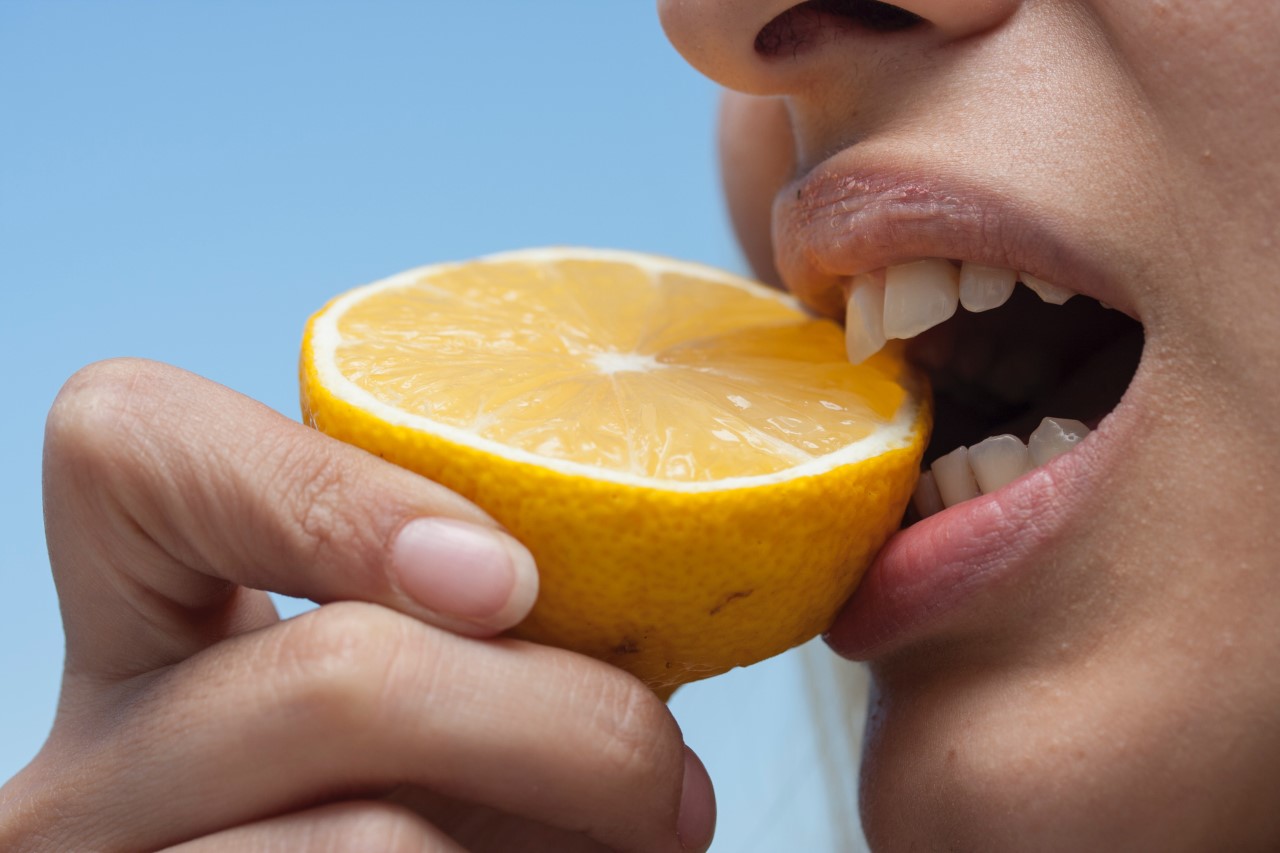
Children who attend private schools or have a high family income are more susceptible to wearing down their teeth than those from lower socio-economic areas according to a global study of 30 countries.
Researchers found that easy access to soft drinks, energy drinks and packaged juices in affluent countries increased the risk of tooth decay.
In a study published in the , researchers from Griffith University and Singapore’s ³Ô¹ÏÍøÕ¾ Dental Research Institute analysed 65 studies with 64,000 participants to determine a causal link between socio-economic status (SES) and tooth wear in children and adults.
“This is the first comprehensive review investigating the link between socio-economic status and tooth wear across the world,” said Dr Khaled Ahmed from Griffith’s
“Tooth wear is a condition that results in the progressive and irreversible wearing down of teeth over time making them unsightly, more sensitive, and affecting a person’s ability to chew food,” he said.
“Fizzy drinks, energy drinks and packaged juices are in many countries available to the affluent. And despite a focus on sugar, such as the implementation of a sugar tax in the UK, the diet/low-sugar/sugar-free alternatives remain acidic.
“These dietary habits may predispose children of all socio-economic levels to erosive risk, but those from a ‘high’ SES area may be more frequently exposed than their counterparts due to increased access as a result of affluence in low- and middle-income countries.”
The study found adolescents whose parents had higher levels of education and wealth and who attended private schools had a greater prevalence of tooth wear, while higher-educated adults were less at risk of developing tooth wear.
“The main forms of tooth wear for high SES children are from the erosive potential in their diet,” Dr Ahmed said.
“Adults with lower socioeconomic status were more likely to have tooth wear due to poor diet, underlying medical conditions such as acid reflux, eating disorders or stress and depression as well as limited access to dental care.
“Wealthier adults not only have a lower risk but also improved access to dental treatment resulting in early identification and intervention.”
He said tooth wear progressed with age, meaning that children with a low SES might not initially show tooth wear, but develop it as they became adults in the same SES bracket.
The researchers also found consumption of traditional acidic foods like tamarind, baobab, hibiscus, and citrus teas in certain countries caused tooth wear due to their strong acid content.
“Management of the causes of tooth wear is important to minimise its irreversible damage to teeth,” Dr Ahmed said.
“Raising awareness of tooth wear through targeted public health programs and education is the first line of defence in preventing the pathological progression of the condition that later in life may require costly dental intervention.”
Health conditions such as gastroesophageal reflux disorder, diabetes and sleep and eating disorders could also complicate tooth wear management by dental professionals.
“It is essential for dental practitioners to understand the underlying reasons of tooth wear for proper definitive diagnosis and management.
“Early screening of individuals at risk, as part of routine risk assessment that considers SES as a risk factor based on the patient’s age will enhance the cost-effectiveness and success of dental treatment.”






